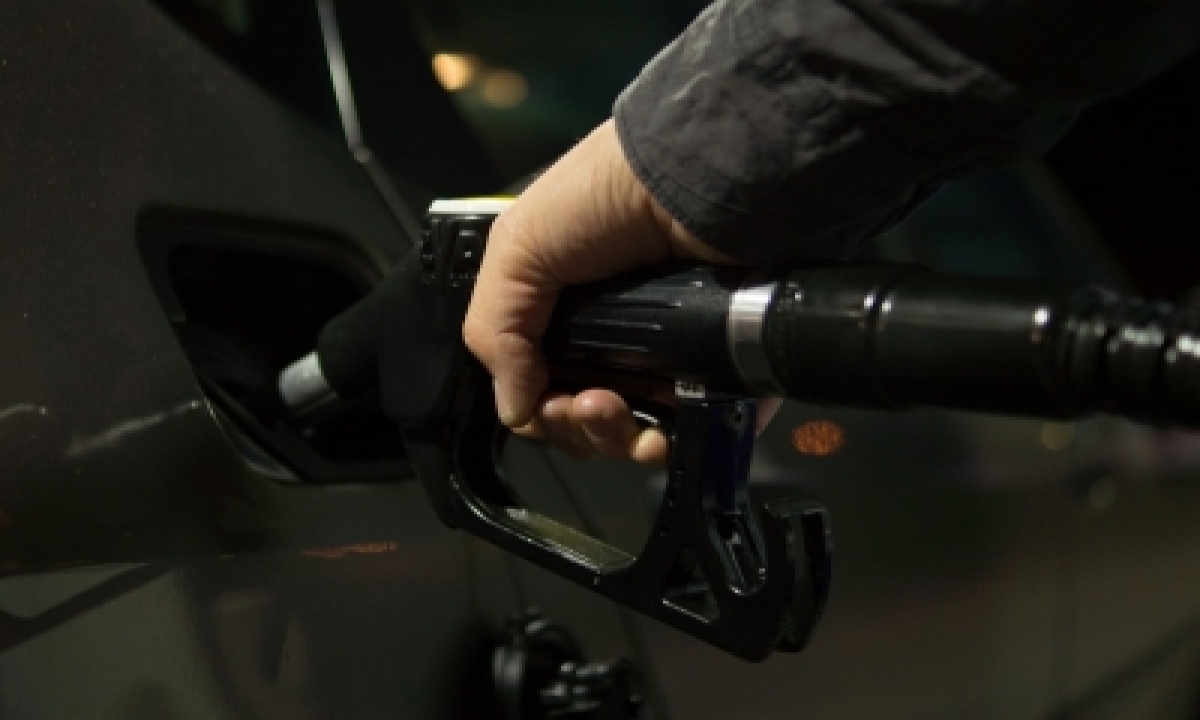By Sharon ThambalaAmaravati, April 18 : Skyrocketing fuel prices across the country over the last several months are impacting people relying on fields as diverse as aquaculture and insurance, including the fishermen who go into the sea for their catch in Andhra Pradesh.
In a state like Andhra Pradesh, which is majorly an agrarian state, some farmers who converted their paddy fields into aquaculture ponds have emerged as the unlikely sufferers of high fuel prices.
As part of the baby-like care they are required to take for the shrimps, these farmers have to run aerators in the ponds to increase oxygen supply in the water and thereby nurture the growth and safety of the prawns.
Many prawn farmers manage to get a power connection to run the aerators and incur an average monthly power bill of Rs 5,000 for a pond of 4 acres in the Godavari districts.
However, a good number of aquaculture farmers are not so fortunate to get a power connection and end up installing engines or auto rickshaw engines on the banks of a pond and run them with diesel.
“For a 4-acre prawn pond, it costs me Rs 90,000 per month just for fuel while it is only Rs 5,000 for a pond with electric power connection to run the aerators,” Kumar, an aquaculture farmer, told IANS.
Highlighting the massive Rs 85,000 difference, he said those without access to electric power are being compelled to limit their aerator operations.
Kumar said this predicament is mostly common with aquaculture farmers whose ponds are located far away from the villages, and admitted that it would not be easy for power lines to be established there as the non-firm black soil may not hold the electric poles, while disunity among farmers is also a cause.
“Running aerators with electric power has the convenience of a monthly bill but in the case of diesel powered engines, it demands a daily cost of about Rs 3,000 for a 4-acre pond,” he said.
Because of this exorbitant cost, aqua farmers have reduced aerator operations by 3-4 hours a day.Earlier, they used to run the aerators all through the night for 12 hours and for another four hours in the morning.
“The fuel burden has drastically diminished the profitability in aquaculture.From around Rs 64 a litre of diesel some time ago, it has now risen to nearly Rs 90 oer litre,” he lamented.
In the event of power cuts, even those farmers with electric power are forced to use generators to rotate their aerators and get a taste of the diesel blues suffered by some of their fellow farmers.
Not just aquaculture farmers, even many paddy farmers pump water into their fields from irrigation canals using engines powered by diesel.
This is a very old practice, preceding aquaculture by more than 40 years.
However, centuries old agricultural practices are changing with the massive adoption in aquaculture.
Likewise, fishermen who go into the sea in diesel-powered mechanised boats are also feeling the heat of exorbitant fuel prices.
Aquaculture farmers, who go to the hatcheries to buy prawn seeds to culture them in their ponds, have heard the fishermen’s side of the story.
“The government gives around Rs 6 subsidy on diesel for fishermen, but that is not of much help.Mechanised boats require a high amount of diesel while venturing into the sea,” said Venkat from Srikakulam, who hails from a fisherman’s family.
Unlike a cab driver who can pass on the higher fuel costs to the customer, Venkat reasoned that fishermen may not have that luxury as they deal with perishable goods, and are always on the lookout to quickly sell their catch before they get spoiled.
In similar fashion, Bhaskar, an insurance agent from Vijayawada, complained that the fuel allowance he receives from his employer is just one-fourth the cost of the fuel charges he incurs in a month.
“I get Rs 2,000 fuel allowance but my monthly fuel bill is Rs 6,000.I ride about 150 km a day as part of my job,” said Bhaskar.
He lamented that exorbitant fuel prices have raised the cost of living, imposing a heavy burden on the common man.
Curiously, global crude prices and Indian retail fuel prices do not go hand in hand with respect to prices at the fuel stations, as has been promised since 2017.
Back then, state-owned oil companies Indian Oil, Bharat Petroleum Corporation and Hindustan Petroleum Corporation synced their retail fuel pump prices to the international crude prices with the mandate of daily dynamic pricing, reflecting international crude prices.
However, that was a short lived promise shortchanging crores of Indians.
One of those companies even said in a statement back then that the ‘benefits’ of even the smallest change in international oil prices could percolate to the dealer and then to the masses.
Indians, who had weathered the storm of $147 per barrel of crude in 2008 during the regulated petrol prices regime, are now suffering peak prices when the crude barrel not even costs $75.
For more than six years already, the Indian government has been enjoying lower crude prices, including reneging on the promise of passing on the benefits to people for a long time and conveniently resorting to the practice of raising taxes with impunity.
When will the fuel prices reflect their true cost in India? Keep waiting…
(Sharon Thambala can be contacted at thambalasharon@gmail







